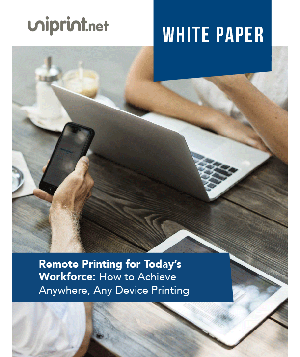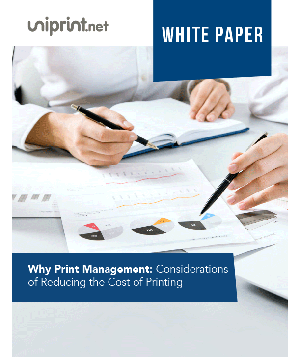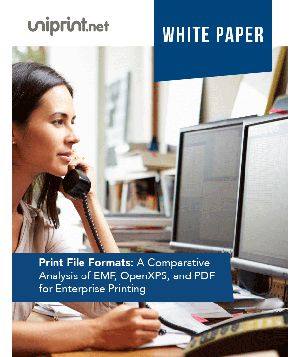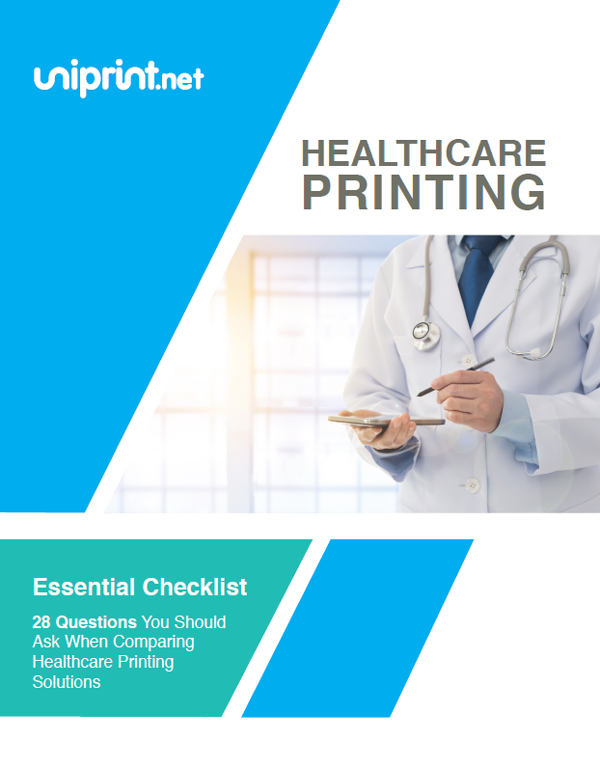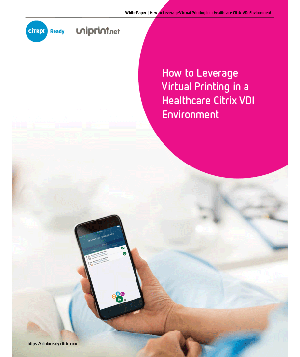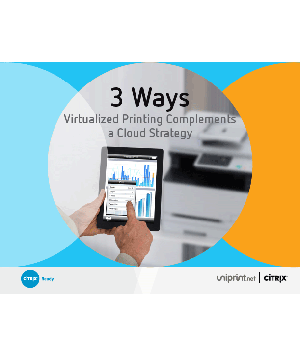Mobile Device Strategy and Mobile Security
A recent survey by International Data Corporation (IDC), predicts that the number of mobile workers in the U.S. will increase from 96.2 million in 2015 to 105.4 million by 2020. They estimate that by this time mobile workers will make up 73 percent of the U.S. workforce.
While this is an astonishing prediction confirming our world and workforce is becoming ever more mobile, how can companies, especially healthcare facilities, control who has access to data in remote locations?
Employees are adapting a mobile workstyle giving employees the freedom and flexibility to work in different locations within their office or outside of their home office.
Companies want to allow employees to go mobile but are uncertain how to manage large volumes of devices securely when they are all not in the same place. While going mobile may seem like a cost efficient solution, companies are hesitant to implement due to security risks and the costs associated with them.
For companies whose employees are constantly on the go, there are many applications that can be installed for access to corporate files on personal or corporate devices. One of the trends for mobile employees is bring your own device (BYOD). Those who are bringing in their personal devices to work, companies need to think about BYOD security. Allowing employees to become mobile or BYOD, presents many concerns for security.
In order to adapt to the mobile workforce, companies should establish a secure mobile device management (MDM) system for employees. MDM software can be customized by companies and gives them complete control of employee usage and exposure as well as installing security measurements.
This application will connect users to all corporate files, without it unauthorized users will be blocked access. Blocking unsecure data decreases the exposure to unsecure sites and blocks potential spam and viruses.
Companies are able to control the access of company information without interfering with the employee’s personal data. If an employee’s device goes missing or stolen, companies can control and shut down that user’s corporate information as a precaution to potential security leaks.
Implementing a MDM system can give companies access and control to many different features, such as secure printing. While certain industries may not consider printing a necessary feature for mobile users, others consider it a fundamental tool. Two of the most highly regulated industries – financial services and healthcare- are some of the biggest supporters of mobile.
These are also two industries who rely heavily on printing client or patient documents. Within MDM software, print management features can be implemented with tighter security requirements. Secure print management software allows mobile users to print no matter where they are. Print jobs will be sent to a virtual print queue in the cloud until they are authorized by users. This decreases the risk of documents being printed and landing in the wrong person’s hands.
Financial services and healthcare are not only the biggest supporters of mobile usage, but also need access to printers for everyday use. With the volume of data stored on company servers, how can documents be printed while remaining compliant?
Implementing a secure print management system would require users to send print jobs to a virtual print queue, rather than a designated print station. Users can access their documents in any location throughout their office by using a user specific PIN or password. Making printing independent from the device may seem like a risk to potential security leaks but it is a smarter and secure option. The user is in full control of where important information is released, rather than being confined to one print station.
Regulations like HIPAA limit the exposure of patient information and need to be taken into consideration. Without the right software, doctors and hospital personnel cannot be sure where their documents will be printed or who could get access to them.
Similarly, the Federal Trade Commission releases new standards on safeguarding customer information frequently. Companies do not want to risk the possibility of sensitive information getting into the wrong hands. The consequences could cost more than if a secure printing feature was enforced in their mobile devices. Data breaches are becoming too common in the news and can be avoided if managed correctly.
Companies whose users rely heavily on mobile devices and working remotely, should implement MDM software to their corporate files and when it comes to printing. As the number of mobile and BYOD employees continues to grow, companies should adapt MDM software. Preparing employees for the future is not only necessary but the secure decision.


